Louisa Fontaine
Advisor: Eduardo Aquino
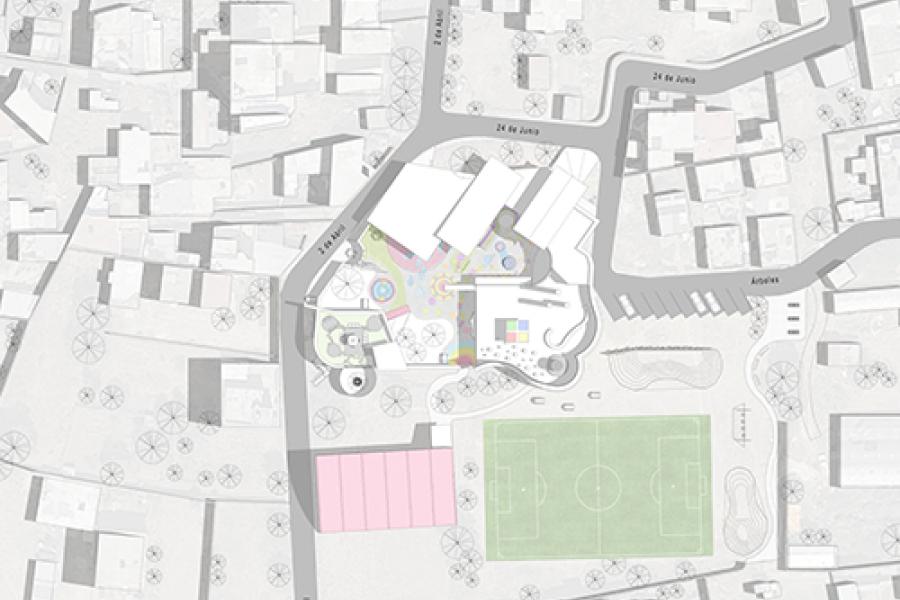
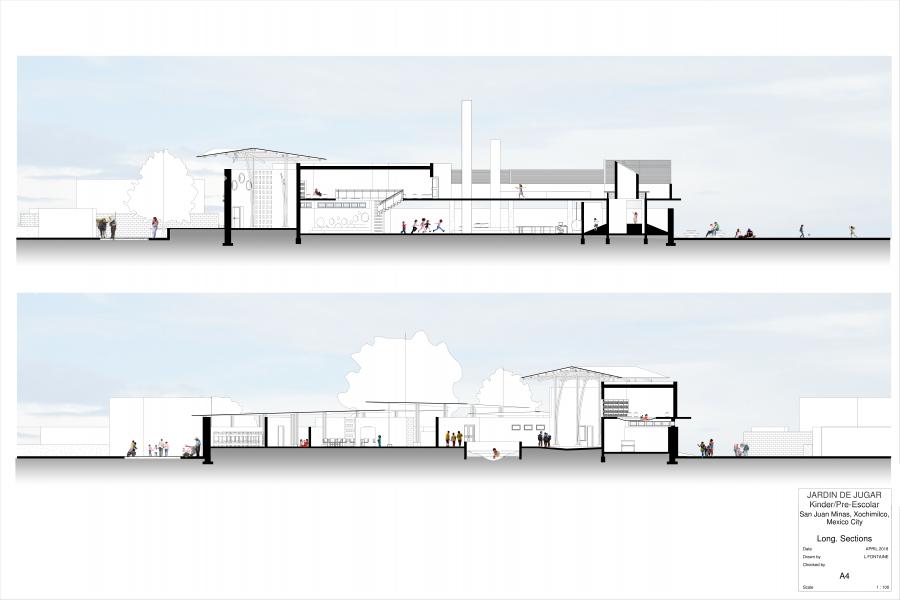
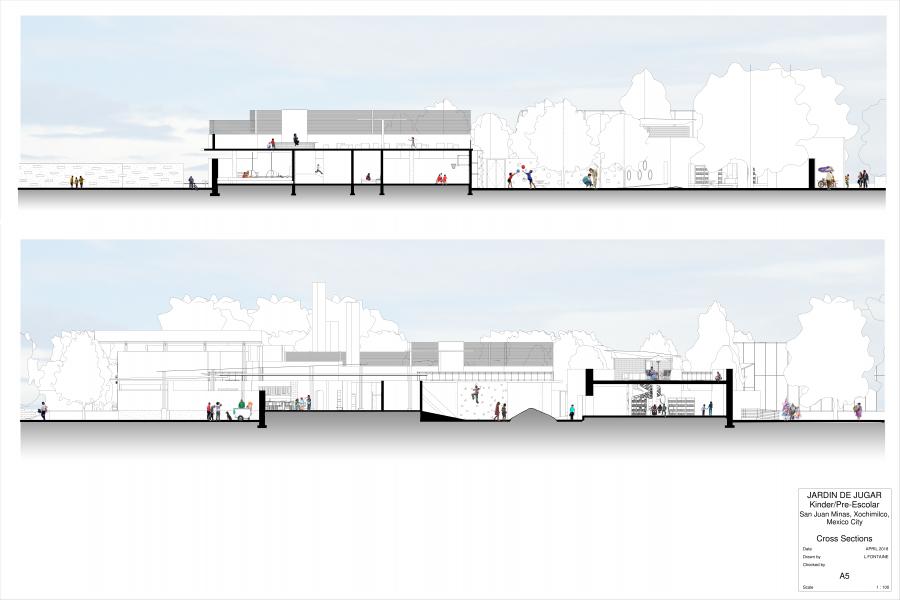
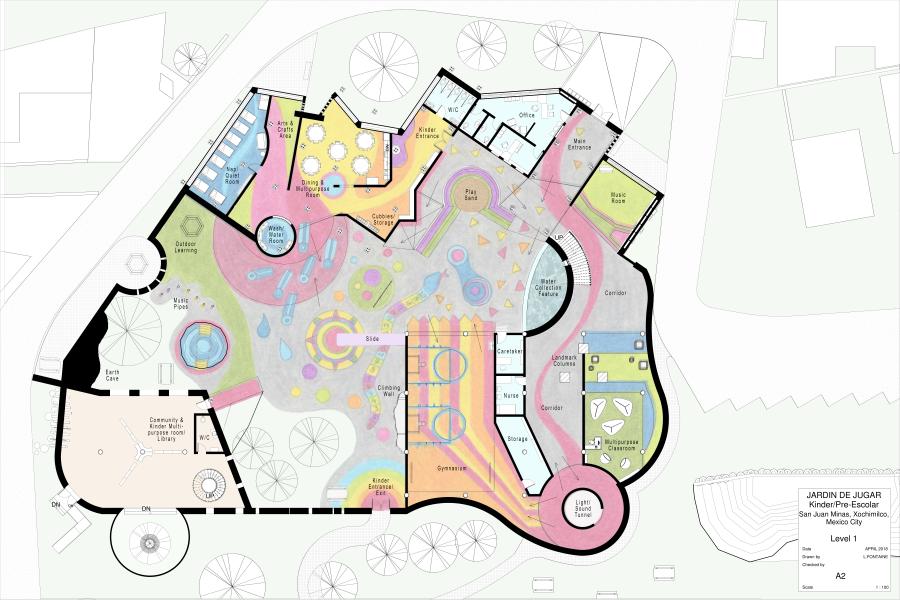
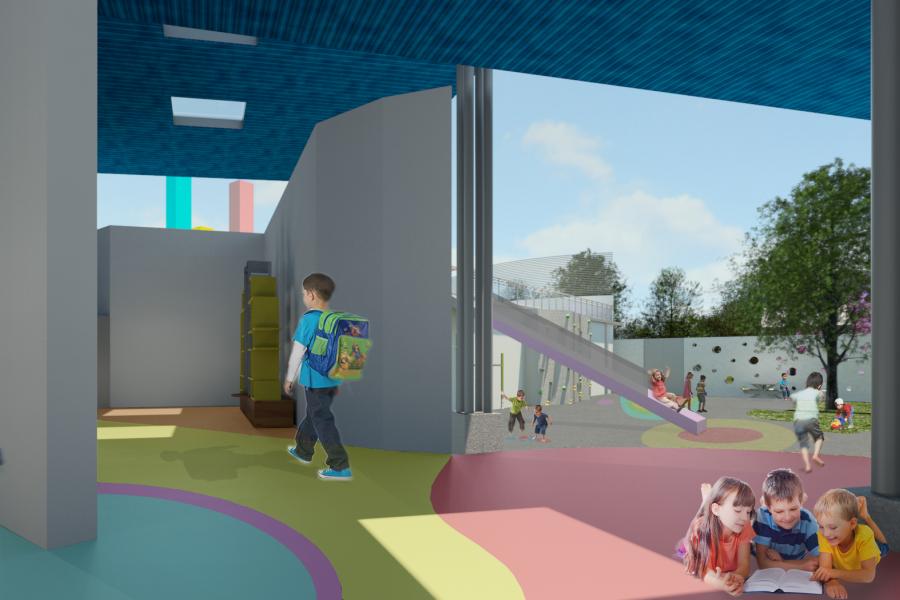
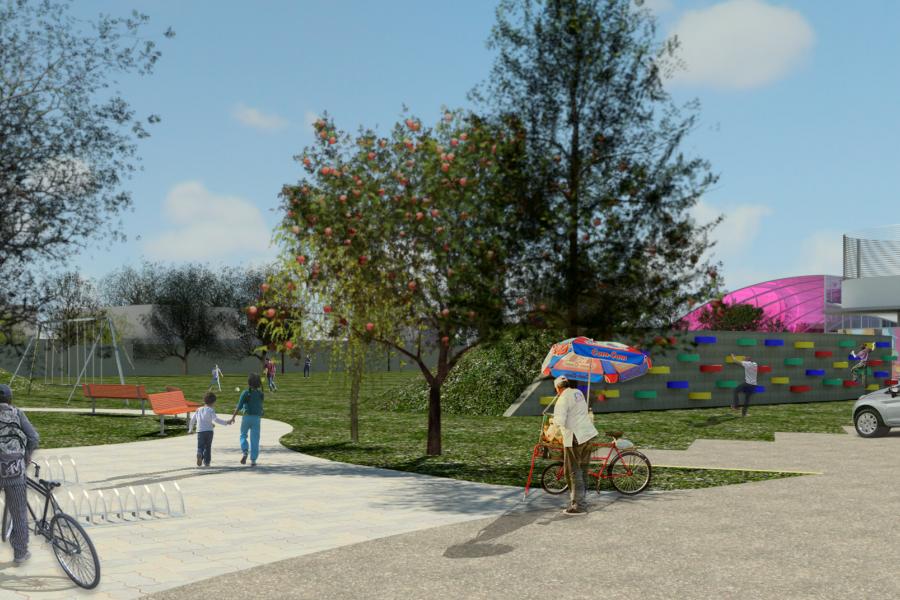
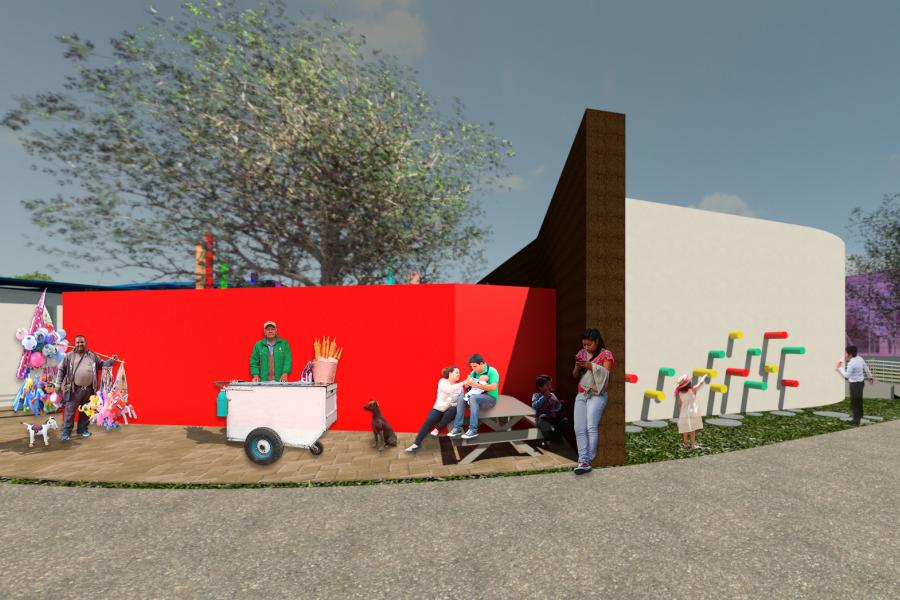
Children and Architecture: Education Through Play
Play and imagination are innate human instincts, but as we evolve and grow we begin to become products of our environment; that which begins to shape how we relate to life and space around us. In architecture today the concept of play is dissociated from the core premise of developing a design as the design is normally directed towards utility and aesthetics. I have been exploring the potential of what architecture could be in relation to play and imagination and how architecture could be designed to influence the inhabitants in reconnecting with the innate instincts of play and imagination.
This thesis questions how play-based learning and sustainability can influence an architectural and spatial design that can help rebuild a community through education.
The act of experiencing play is crucial to understanding your surroundings and making life around you more enjoyable as well. For a child, without experiencing what is presented to them, it is impossible for their minds to connect and understand the subject. Friedrich Froebel (1782-1852) – known as the father of preschool education and the inventor of the word ‘kindergarten’ – argued that play is a necessary development phase in the education of a child, with one of his famous quotes being “children learn by doing”(Scott, Sarah, Architecture for Children. P.7).
I am proposing a Pre-School/Kindergarten in southern Mexico City in the neighbourhood of San Juan Minas, Xochimilco. This is one of the neighbourhoods in need of water resources and education in sustainability due to the ongoing water crisis and natural disasters. Along with play based learning being embedded into the architecture, the structure and program addresses rainwater collection, self sustainability and sustainable building materials. The school accommodates children aged 2-6 as well as staff during the days. The community has access to one building that is a shared space/library that can also be used as a gathering or meeting space.
The intention of this study would be to inspire and educate the community as well as future architects to reconnect with their sense of play, not only through programmed rooms, but through the structure that surrounds them.
“To play is to imagine, the most important thing a person can do…”
(Day, Christopher, Environment and Children. P.16)
